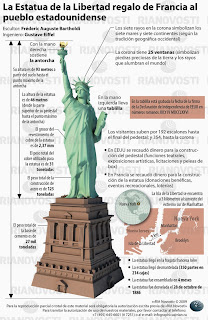Every time we hear
the word “tartan”, Scotland is the first thought that comes into our minds. But, what is a tartan? We are talking about
a piece of multiple-colored patterned cloth made of wool. However, although the
tartan is straightforwardly related to Scotland, the origin of the word comes
from the Old French “tertaine”.
 The use of tartans
dates back from the XIIIth century, when the
system of clans from the Highlands lived under the power of an autocratic leader who used them. For a while, tartans were forbidden by the British Crown until
King George IV visited Scotland wearing a tartan in 1822, year in which they came
into use again. Another monarch who encouraged the use of tartans was Queen
Victoria, who due to her love towards Scotland, designed her own tartan
(Victoria tartan). Similarly, her husband Prince Albert created his (the Balmoral tartan).
The use of tartans
dates back from the XIIIth century, when the
system of clans from the Highlands lived under the power of an autocratic leader who used them. For a while, tartans were forbidden by the British Crown until
King George IV visited Scotland wearing a tartan in 1822, year in which they came
into use again. Another monarch who encouraged the use of tartans was Queen
Victoria, who due to her love towards Scotland, designed her own tartan
(Victoria tartan). Similarly, her husband Prince Albert created his (the Balmoral tartan).
There is a
distinction between the types of tartans:
1. district tartans which are worn by
people from the same region in Scotland and
2. clan tartans worn by the members
of the same family, although originally clan tartans could be worn by people
who did not have family ties.
The color and pattern
of tartans vary across district or clan tartans. Apart from tartans, what other
attire did Scotsmen wear?
NOWADAYS PAST
*Sporran: escarcela (bolsa hecha de piel de tejón)
*Feileadhmor: tela a cuadros que se lleva en bandolera sobre el hombro y cintura. (PAST)
Moreover, today the use of tartans is spread over the world and we can find it printed on every piece of clothes until such an extent that it has come to be related with the punk culture.
Now then, I ponder
the same question everyone asks about the mystery surrounding the underwear of XIIIth-century Scotsmen ´s
skirts… It’s as enigmatic as where Nessie spends his sweetest hours under the dark and deep
waters of Loch Ness…



























